.svg)
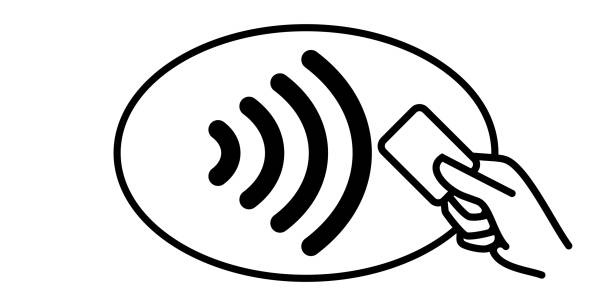
Understanding NFC Tag Types, from type 1 and type 2 tags like NTAG, to type 3 and type 4, and the MIFARE family, along with NDEF formats, memory size, UID, and read-write versus read-only options, makes those small automations reliable and straightforward. This article breaks down tag compatibility with Android and iPhone, covers security and memory trade-offs, and provides clear steps for using contactless tags for automations, bright posters, mobile payments, or access control, allowing you to boost efficiency with minimal effort.
To make it easy, Mobilo’s digital business card utilizes NFC tags and simple NDEF records to share your information and trigger routines with a single tap, helping you automate tasks and keep your home or work life more connected.
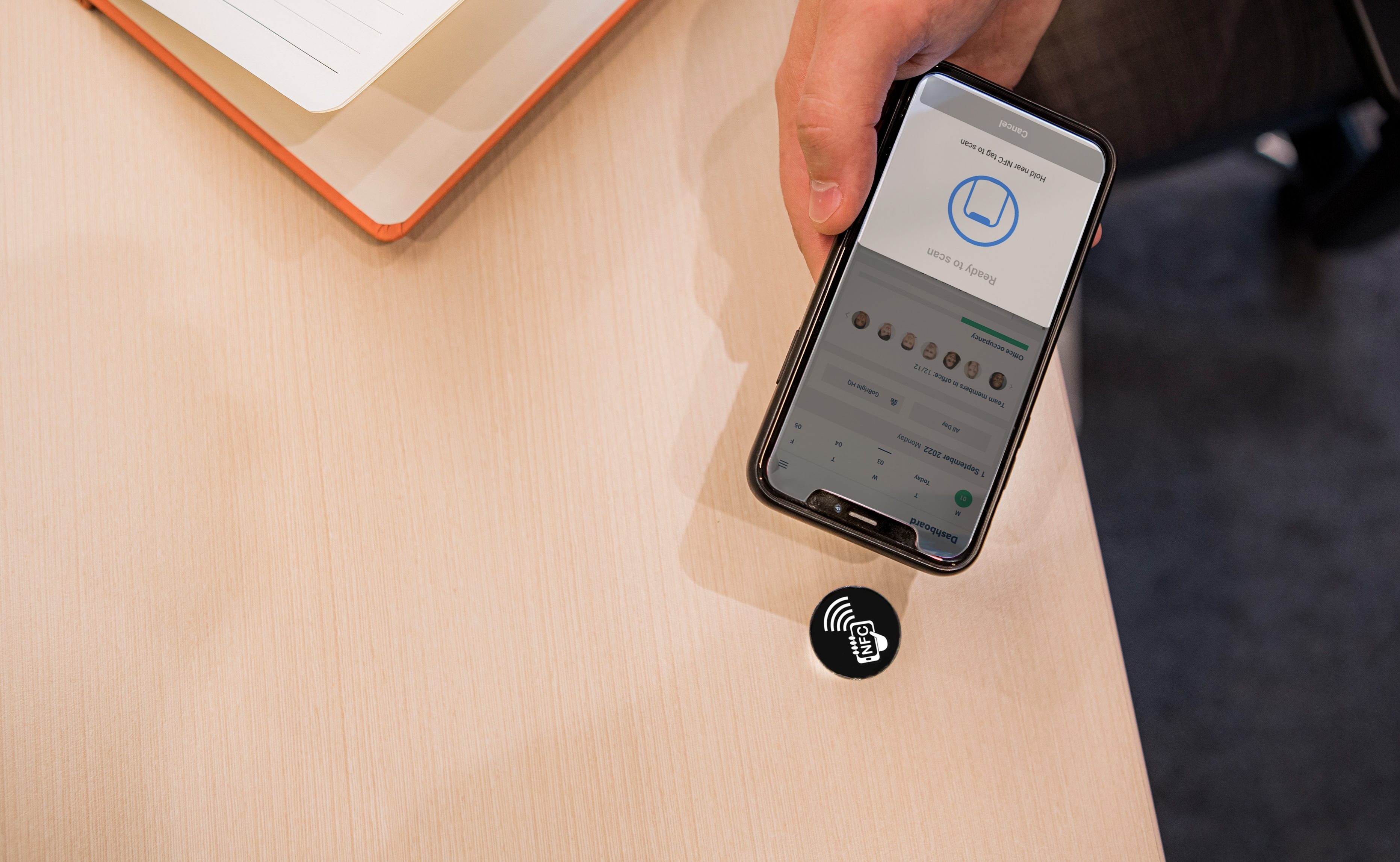
An NFC tag is a tiny, passive chip paired with a loop antenna that sits quietly in a sticker, card, or device until a phone taps it; when that happens, it wakes up, shares a small package of data, and then goes quiet again. It is literal, everyday magic. A small wireless trigger you can use to share a contact, open a URL, or kick off an automation with one quick tap.
NFC tags do not carry batteries. When a reader, typically your phone, comes close, it creates a small magnetic field that induces current in the tag’s antenna, briefly powering the chip so it can send data back, much like a windmill briefly converting a gust of wind into motion.
That power window only supports short messages, typically a few bytes to a few kilobytes, which is why tags are ideal for pointers such as URLs, vCards, or small configuration payloads, rather than large files. The proximity requirement, about 10 centimeters or less, is intentional: it reduces accidental reads and keeps interactions fast and deliberate.
Ubiquity changes how you design experiences, and NFC is no longer a niche technology. Over 2 billion NFC-enabled devices are in use worldwide. That scale makes tap-to-action practical at events, retail, and field sales. At the same time, platform quirks create real friction, a pattern I observe at events and in sales pilots.
Tags that deliver URLs work instantly on most iPhones, but contact formats like raw vCards often require an extra app on Apple devices, leading to confusing and failed exchanges. That mismatch is why you will hear equal parts wonder and frustration when teams first deploy tags in the wild.
Most teams lean on printed cards or ad hoc QR links because these methods require no new systems and are perceived as low risk. That familiarity works early, but it hides costs: leads slip into spreadsheets, follow-ups slow, and brand control frays as teams create their own, inconsistent records.
Platforms such as Mobilo change the math by making NFC touchpoints interoperable with CRM connectors, automated workflows, and centralized policy controls, thereby reducing the time between capture and follow-up while maintaining security and compliance, allowing procurement and legal to approve deployments.
This challenge appears consistently across trade shows and field sales. Initial success, followed by stagnation as tags proliferate without effective governance. The failure point is usually related to compatibility and data flow, rather than the hardware itself.
Tags placed on flyers or badges will remain effective until an event receives hundreds of interactions, at which point it becomes impossible to accurately determine who opted in, from which source those leads originated, or whether consent was captured correctly. Solving this requires both rules governing data format and a single point of ingestion and normalization, allowing revenue teams to act quickly.
Use URL-first payloads for universal reads, reserve larger memory tags only when necessary, and version your payloads so that future reads remain deterministic. For security, choose tags and workflows that support write protection and encrypted back-end links, and build policies that map tag IDs to campaign tracking, not to raw personal data. These constraints ensure that interactions remain reliable and auditable as you scale.
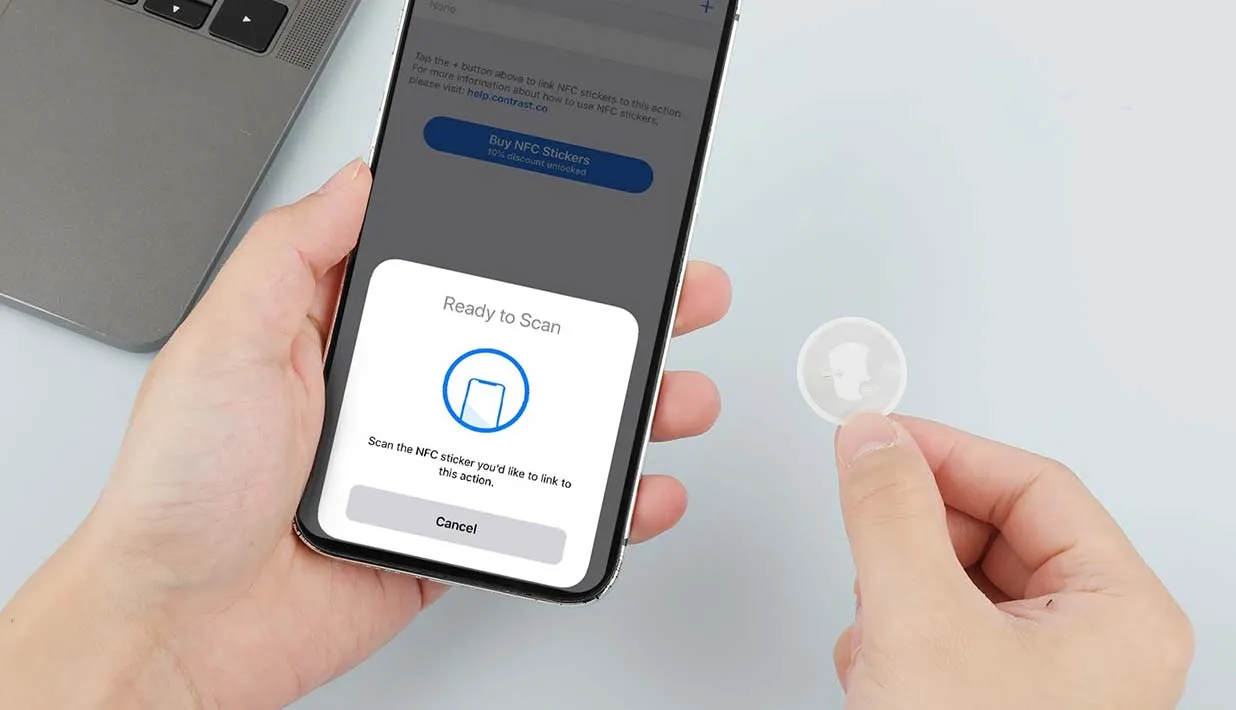
A wide range of NFC tag forms is available on the market today, each tailored to a specific surface, workflow, or compliance requirement. Below is a list of the ten most useful types, explaining what makes each one worth choosing, how teams deploy them, and why they matter for achieving measurable enterprise outcomes.
They make large-scale tagging cheap and repeatable, so merchandising and field teams can instrument assets without lengthy procurement.
Cards centralize identity and brand controls, letting security and marketing teams enforce design and data policies while keeping interactions familiar for users.
Choosing the wrong tag here can break workflows silently, so anti-metal options remove a standard failure mode and maintain dependable asset tracking in industrial settings.
They bridge modern NFC workflows with existing security infrastructure, reducing migration friction while supporting centralized provisioning and management.
When you need durable, tamper-resistant identification in the field, these tags reduce manual paperwork and enhance traceability across supply chains.
They make expensive product portfolios interactive without bulk, letting retail and brand teams add verified digital experiences to fragile goods.
Wristbands combine convenience with brand control, and their physical presence nudges attendees to tap, improving capture rates for revenue teams.
They reduce loss and shrinkage in hospitality and healthcare while supporting compliance tracing for high-turnover textiles. As the supplier base grows, procurement becomes easier because scale improves availability and pricing.
They create high-fidelity process data for production efficiency and quality checks, turning physical throughput into actionable signals for operations and revenue teams.
Inlays are the modular engine beneath every custom solution; choosing the right substrate and cover material determines the lifetime, chemical resistance, and the ability to integrate tags into unconventional surfaces, such as molded parts or signage. Think of the inlay as the engine you hide inside a chassis, small but decisive.
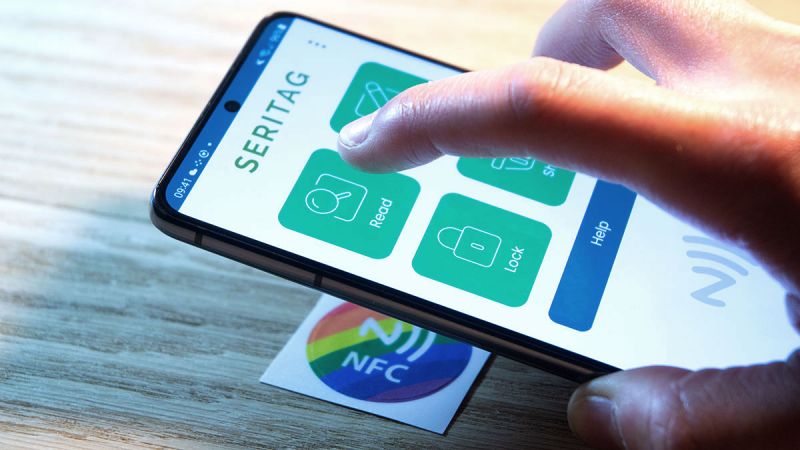
Choose the tag by matching its features to your use case: start with the devices people will tap, then determine how much data you must store, the physical stress the tag will endure, and the reader hardware you plan to use. Once you treat those five factors as constraints, the correct tag becomes obvious, not mysterious.
Think of device compatibility as the first gate. Inventory the lowest-spec phones, tablets, and handheld readers in your workflow and test with them, not just the latest flagship. If a significant portion of your audience uses older phones or proprietary readers, consider using simple NDEF URL payloads and UID-based mapping, as richer payloads may require additional apps or permissions.
Test a batch of 10 tags against the oldest device in your fleet and a recent model, record the success rates, and then iterate on antenna placement or chip type until you achieve at least 95 percent reliability across those devices.
According to Shop NFC, NFC tags can have a memory capacity ranging from 48 bytes to 32 kilobytes, so match chip capacity to payload type rather than guessing. Use tiny tags with minimal memory for pointer-first designs, where the tag holds a short URL and your back end stores the profile.
Reserve larger-capacity chips for offline configuration blobs, signed credentials, or serialized product histories that must be readable without network access. Remember, higher memory often comes at a higher cost and can increase write times, so only pay for the size when the user experience actually requires it.
Plan around lifecycle, not launch-day success. NFC tags can retain data for up to 10 years, which means you should map tag durability to your asset replacement cadence and warranty policies.
For short campaigns, a low-cost option is acceptable; for permanent fixtures, budget for long-life substrates and schedule an inventory check after a few years, as physical wear or environmental exposure, rather than memory decay, usually forces replacement first.
If tags are to be used on abrasive, wet, or chemically active surfaces, specify casings with IP ratings, potting compounds, and thermal tolerances that match the use case. When mounting onto conductive materials, prioritize antenna designs and shielding that are tuned for those surfaces, and validate reads from the exact angle at which users will hold their phones.
Treat the selection like picking the right shoe for a job, such as a running shoe for pavement or cleats for turf. The wrong choice may be comfortable at first, but it ruins performance when conditions change.
The read range is not a fixed number; it varies and fluctuates with antenna geometry, inlay size, reader power, and orientation. Favor larger inlays when you need a forgiving tap, but be aware that larger inlays require more space and may be more expensive.
If you expect dense tagging scenarios where many tags are closely grouped, check anti-collision performance and test batch reads to ensure quick, single-tap interactions rather than stalled retries.
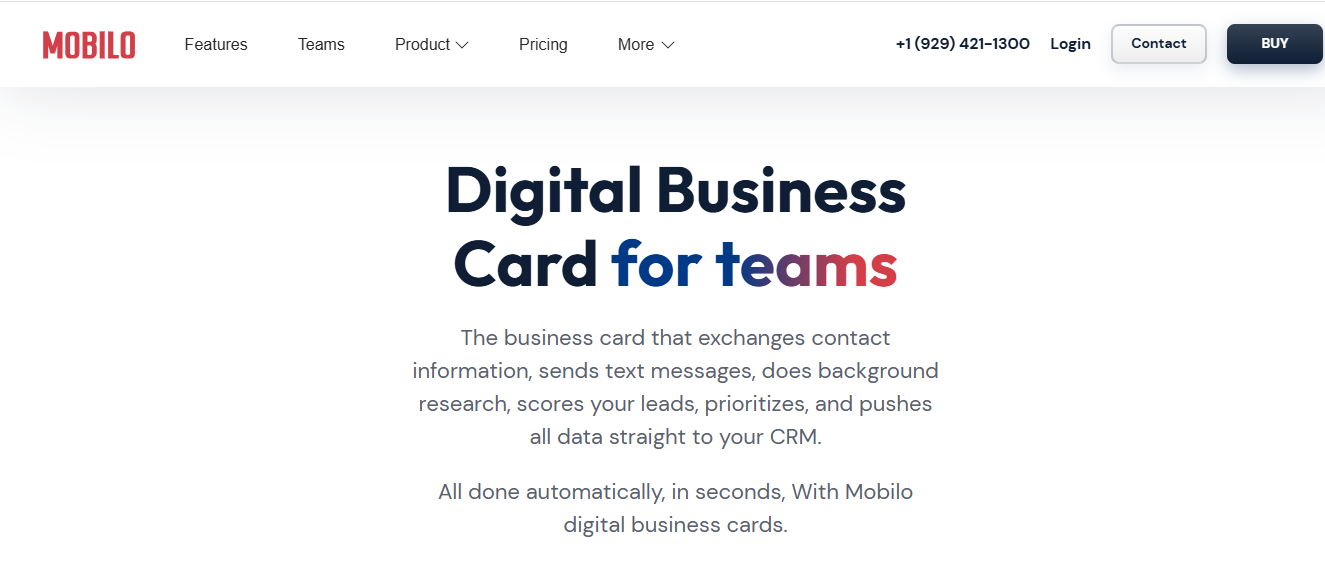
Suppose you want to stop losing leads to paper cards and close the gap between events and your CRM. In that case, Mobilo's smart digital business cards help you generate 10x more event leads, enrich and score prospects against your ICP, and push verified contacts straight into your CRM, joining over 59,000 companies who've made the switch.
It’s exhausting when 90% of business contacts never make it into your CRM, so book a demo today and get your first 25 cards free, worth $950, to run a low-risk pilot and see the difference.